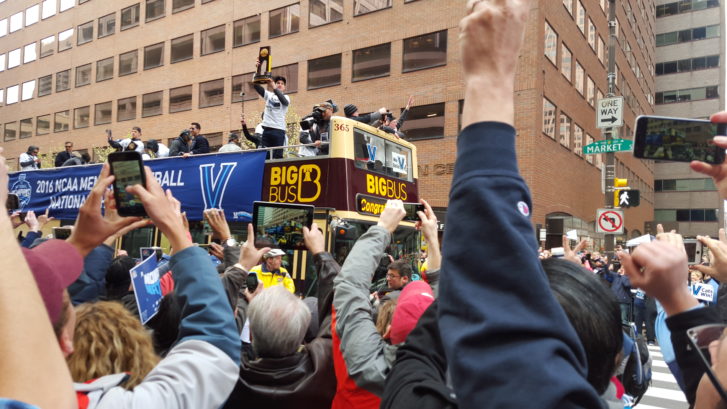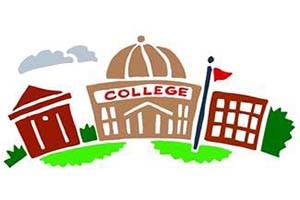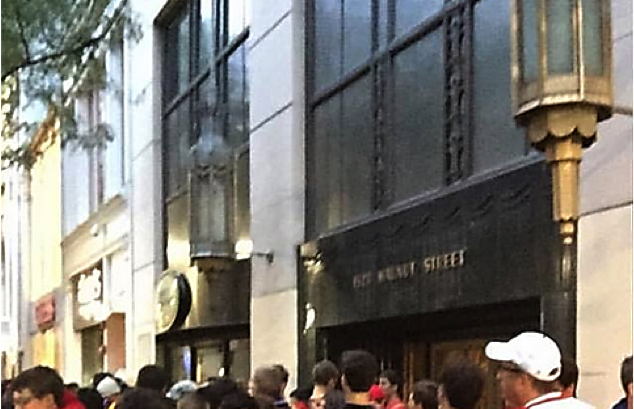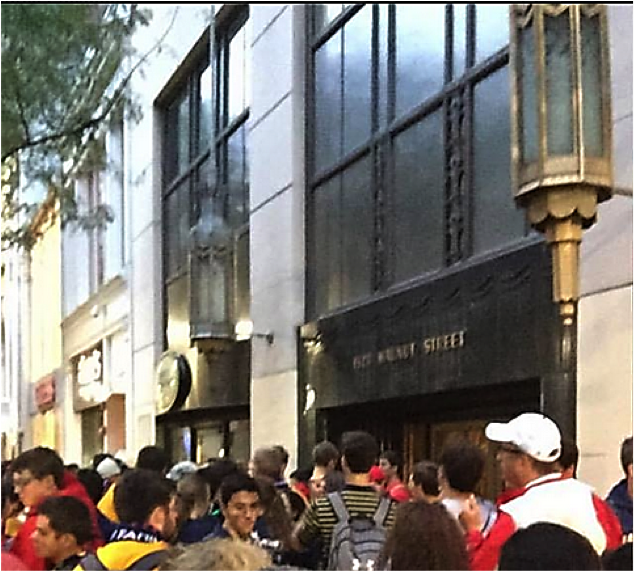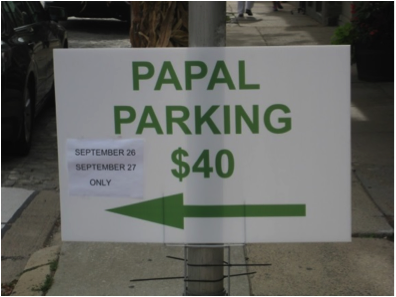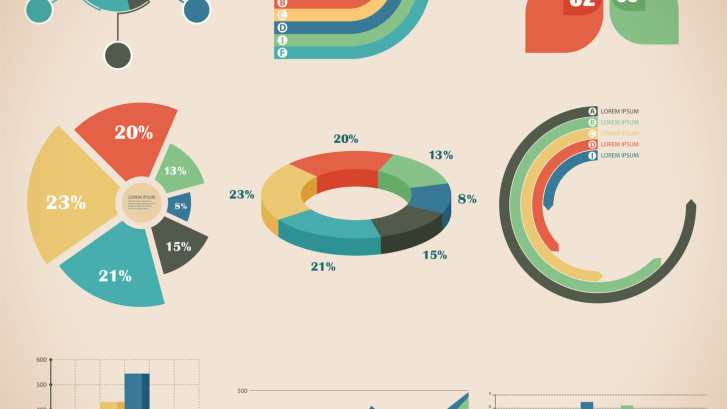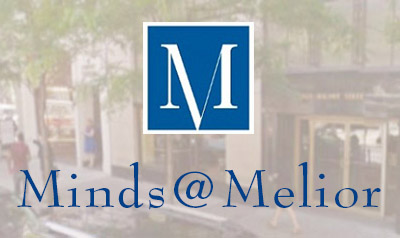We are all “Linking In” (on the professional side) and “Facebooking” (on the business and personal sides) to connect with old friends and meet new ones. We want people to know us, what we do, what we like and what makes us feel good. We want to show that we like people, have friends, have something to say, do things that entertain, educate and engage us. These social networking experiences also provide distinct and successful ways to introduce our businesses and our ideas, such that people might actually think of our companies or businesses as those they might like to work with or work for.
But, it is a fact that most successful business connections – be it for such reasons as a job search or a new business prospect – come about because we get to know the actual person we might want to work with or for. Getting to meet people, look them in the eye, and talk to them can be intimidating; but it really is necessary because, ultimately, people are buying you… trust in you, what you stand for and what you have to offer.
So, while online networking has proven to be a great tool, in-person networking… the form that includes actually being in the same room with people… is critically important. So, a little advice from a “networking queen”… Before you go to an event where networking will take place, consider the following tips:
1. Determine what your goals are for networking – e.g., meeting new business prospects, making some friends, meeting people who share your interests — and what types of people (or even specific individuals) you might meet there
2. Carefully choose what events/meetings you want to attend, so that the types of people you want to meet and the purpose of the meeting reflects your needs and interests; this may mean attending a few, observing the dynamics, and making decisions about which are right for you
3. Don’t be afraid to reach out while at these events; talk to the people next to you and nearby
4. Be genuine and authentic; we are who we are – it took at least 20 years to get this point, so be yourself
5. Come prepared with open-ended questions to ask people so that they can talk about themselves – isn’t that what most of us want to do anyway? Ask why they are a member or what about the event was interesting enough to get them to attend or what their hobbies are – it’s not about you, it’s about engaging others
6. Be a resource to others – ask if there is anything you can do for them; and be realistic in what you can and can’t do
7. Follow up quickly and efficiently – if you promise something, do it within 24 hours; if you can’t do what you thought you could, just say so (“it sounded like a good idea, but…”). The important lesson in networking is using it for good… being engaged, giving back, showing people you care, and recognizing the value of connection.
The Melior Group was founded in 1982 to bring the disciplines of marketing research to service industries. Today, Melior is one of the region’s leading research-based consulting firms, serving organizations in the education, non-profit, healthcare, government, leisure, tourism, and financial services/ insurance sectors.
For more information or to request a proposal, please contact Linda McAleer at [email protected] or Contact Us.


